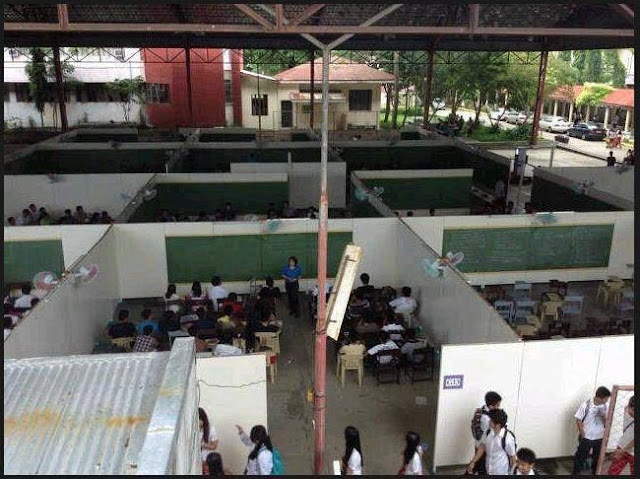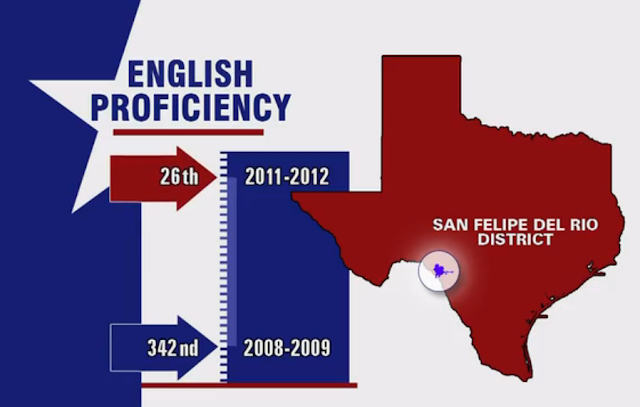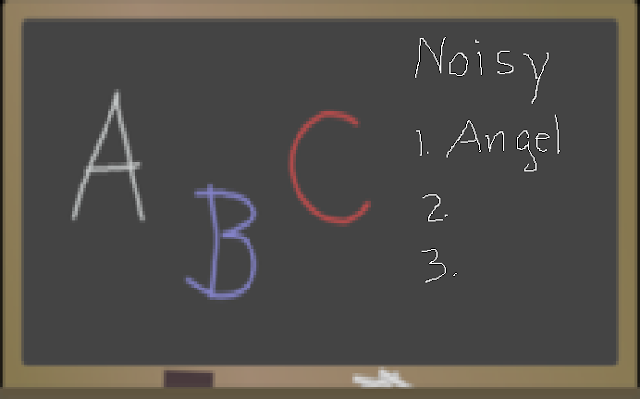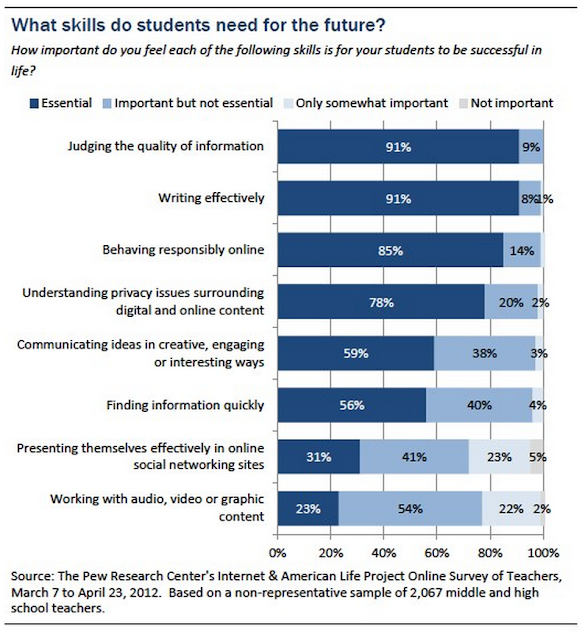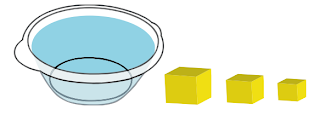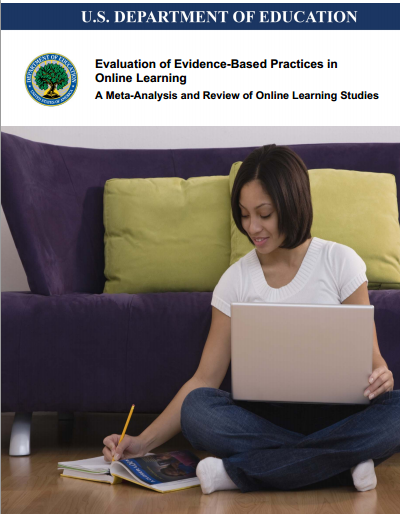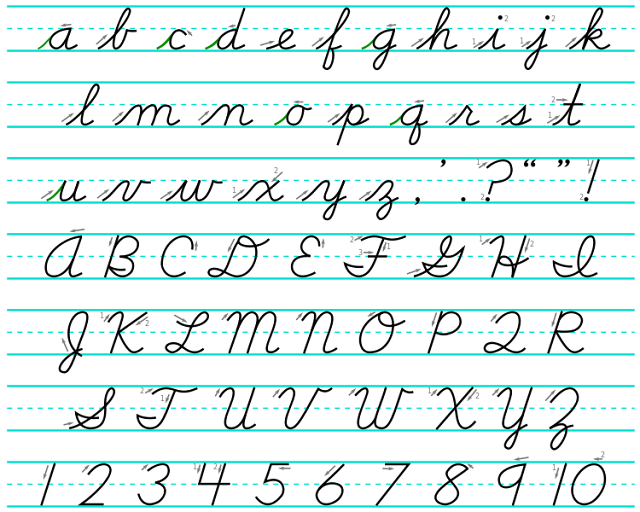To Loop or Not to Loop: Evidence Based versus Anecdotes

Recognizing coherence and progression as important factors in effective education combined with the philosophy of taking into account where the students currently stand, it is quite tempting to suggest that teachers should be assigned to a class and stay with that group of students for a period of years. The practice of placing the same group of students with one teacher for more than one year is referred to in education as looping. I experienced this when I was in grade school. My teacher in Grade 5 also taught me in Grade 6. The entire class plus the teacher was therefore identical for two years. It was like a family, at least for two years. I liked the teacher so I had a positive experience with looping and obviously with two years in a row, that teacher knew a lot about us. Recently, at Georgetown, I had the rare opportunity of teaching one class of chemistry majors three of the eight semesters they spent in college. I taught these students General Chemistry and Physical Chemistry
